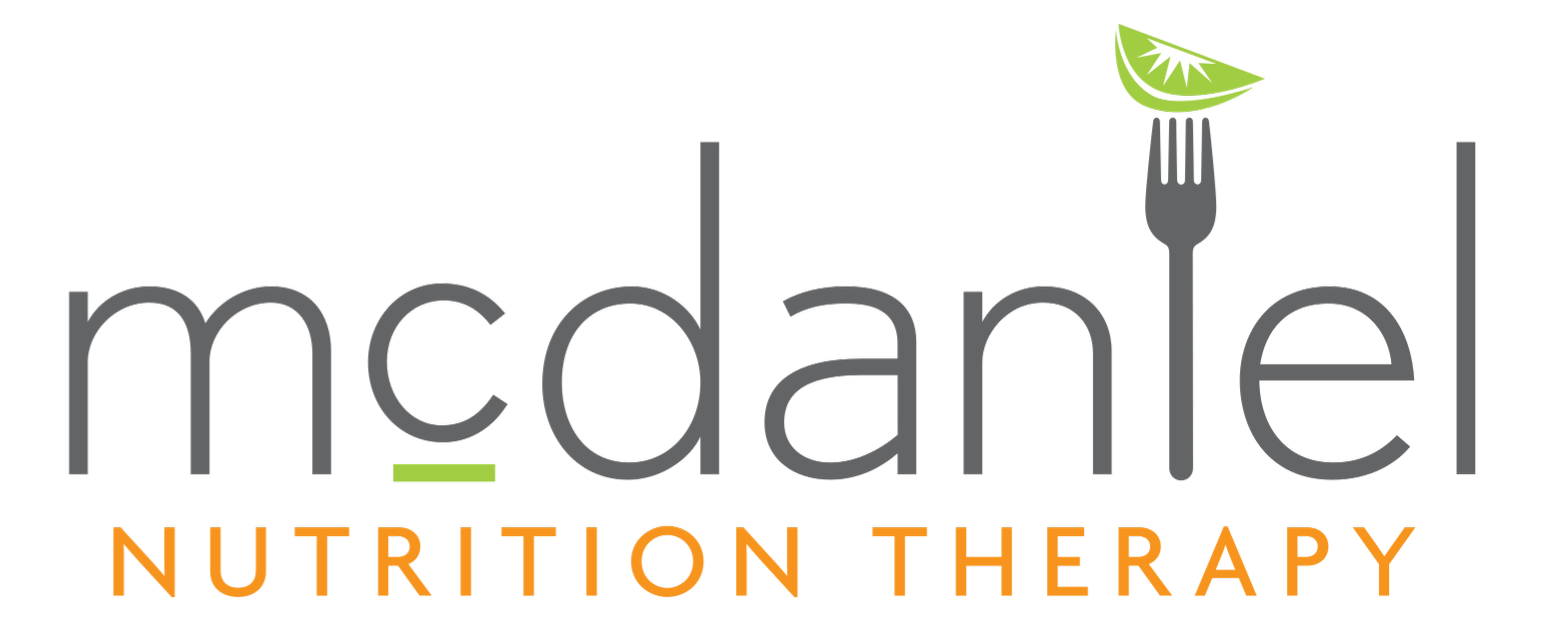Do ever worry about nutrient absorption? “You are what you eat” is a very famous saying . . . although, you may have heard the more accurate version of it: “You are what you eat and absorb.” It’s possible to eat a variety of nutrient-dense foods but not get their full benefit. It’s possible for nutrients to pass right through you without your body using them.

Not absorbing nutrients is like not even getting them in the first place. Nutrients can’t help your body if they never get the chance to do the work they need to do.
Your body needs essential nutrients to maintain critical functions. Things like contracting your muscles and keeping your heart beating rely on these nutrients.
Not absorbing enough of all the essential nutrients can lead to major health problems. A recent study in the journal Nutrients, found that nearly one third of Americans is at risk for vitamin deficiency. The top five most common nutrient deficiencies were for Vitamins B6, B12, C, and D, and the mineral iron.
Your digestive system aids in nutrient absorption by absorbing essential nutrients from your food to use them for growth, maintenance, energy, and healing. For example, Vitamin A has to reach your eyes to prevent night blindness and Vitamin C has to make it to the skin to heal wounds. The same goes for iron for your blood and energy levels, and calcium for your bones, muscles, and teeth.
Some Nutrients are Harder to Absorb
Everyone needs to get enough of the essential nutrients for good health. This includes both macronutrients (e.g. protein, carbohydrates, and healthy fats) and micronutrients (e.g. vitamins and minerals).
Bioavailability is the amount of a nutrient that your body can absorb, use and store. This describes how available the nutrient is for our biological use. There are three main steps to digesting the food you eat: breaking it down, absorbing the nutrients, and eliminating the waste. That’s why your digestive system provides a long, diverse journey for food to travel once it’s eaten. Your stomach is full of digestive juices to break food into smaller pieces. The small intestine, liver, and pancreas add alkaline bile to neutralize the acid and to break down other components of food. Your small intestine absorbs most of the nutrients into your body. Finally, the large intestine breaks down some fibers that have made it this far.
Nutrients that don’t get absorbed are eliminated as waste. It’s natural and healthy to eliminate a lot of what you’ve eaten, but ideally the waste should have very little nutrition left in it. You want most of the essential nutrients to be absorbed so your body can use them.
The good news is that there are things you can do to increase nutrient bioavailability or nutrient absorption. By eating nutrients in particular combinations, you can enjoy the same foods, but in a more nutritionally efficient way.
Strategies to Increase Nutrient Absorption
Here are some simple strategies to get more nutrition from the foods you enjoy.
Absorb more Vitamin C: Enjoy these foods fresh and raw
Vitamin C is one of the most common vitamin deficiencies. Foods that are rich in Vitamin C include fruits and vegetables. Some of the best sources of Vitamin C are bell peppers, citrus fruits, kiwis, broccoli, and strawberries.
Vitamin C is an antioxidant that is water-soluble and destroyed by heat. This means that the Vitamin C levels are highest when the food is fresh and raw (or cooked as little as possible). To maximize the Vitamin C levels in your fruits and vegetables, try to eat them as fresh and raw as possible.
Dip fresh fruits in dessert hummus for a yummy and healthy snack!
Absorb more iron: Enjoy iron-rich foods with—and without—these
Iron is the most common mineral deficiency in the U.S. Some of the most iron-rich foods are seafood, beans and lentils, liver, spinach, and tofu. Also, some breads and cereals are fortified with iron. But, not all iron-rich foods are equal. There are two different forms of iron: heme (in animal-based foods) and non-heme (in plant-based foods). Heme iron is more bioavailable and more easily absorbed than non-heme iron. This means that the iron in plants is more difficult to absorb, but there are some simple tips that you can use to absorb more.
Vitamin C enhances iron absorption. This means, enjoy your beans, lentils, spinach, or tofu with a Vitamin C-rich food in the same meal. For example, add some bell peppers, orange wedges, or berries to your spinach salad.
Coffee and tea decrease iron absorption. It’s best to enjoy your tea or coffee—not with, but—between your iron-rich meals.
Absorb more fat-soluble essential Vitamins A, D, E, and K
Vitamin A is found in Liver, seafood, eggs, and fortified dairy products. Beta-carotene, a plant-based version, is found in orange fruits and vegetables like sweet potatoes and carrots, and dark green leafy ones like spinach and kale. Because of the way beta-carotene is stored in plant cells, not all of it is as bioavailable as Vitamin A in animal-based foods. Vitamin A is fat-soluble and becomes more bioavailable when orange and dark green plant-based sources are cooked.
Vitamin D is essential for bone health because it promotes absorption of calcium, helps reduce inflammation, and helps regulate the immune system. Known as the sunshine vitamin because your skin makes Vitamin D when exposed to UV light, Vitamin D is also naturally found in a few foods. These foods include seafood, mushrooms, egg yolks, and some fortified dairy.
Vitamin E is an antioxidant necessary for protecting cells from oxidants to prevent or delay chronic diseases. Vitamin E is also essential for your immune system. Foods with high levels of Vitamin E include whole grains, nuts and seeds, and their butters and oils (e.g., wheat germ oil, sunflower oil, peanut butter).
Vitamin K comes in two forms: K1 is in dark green leafy vegetables, broccoli, soy, and herbs. Vitamin K2 is mostly made by bacteria, so it’s found in fermented foods like yogurt, cheese, and sauerkraut. Vitamin K is essential for proper blood clotting and bone metabolism.
These four fat-soluble vitamins can be bioavailable on their own. A simple way enhance absorption even more: get enough healthy fat. Cook your vegetables with a bit of healthy oil or pair them with a nutritious dip or dressing to help absorb more.
Absorb more calcium: Be sure to have a regular supply of Vitamin D
The largest sources of calcium in the North American and European diets is from milk and dairy products. You can also get calcium from fruits and vegetables (e.g., kale, spinach, broccoli), as well as mineral water. The amount of calcium absorbed is increased with Vitamin D intake. While you don’t need to get Vitamin D in the same meal as calcium-rich foods, getting enough vitamin D every day is key.
Absorb more lycopene: Cook your tomatoes
Lycopene is like beta-carotene, but it is not considered an essential nutrient. Studies show that lycopene may help reduce risk of heart disease and some cancers like prostate cancer. Lycopene is found red and dark green fruits and vegetables such as tomatoes, pink grapefruit, and watermelon. The main source of lycopene are cooked tomato products like ketchup, tomato juice, and pasta sauce.
Like Vitamin A above, cooking tomatoes and enjoying them with a little bit of healthy fat can improve your absorption of lycopene.
The Bottom Line
Healthy eating is more than consuming nutritious foods, it’s also about absorbing the nutrients from those foods so they can be used.
If you’re worried about your nutrient absorption or getting enough of the essential nutrients, one of our MNT dietitians can help.
